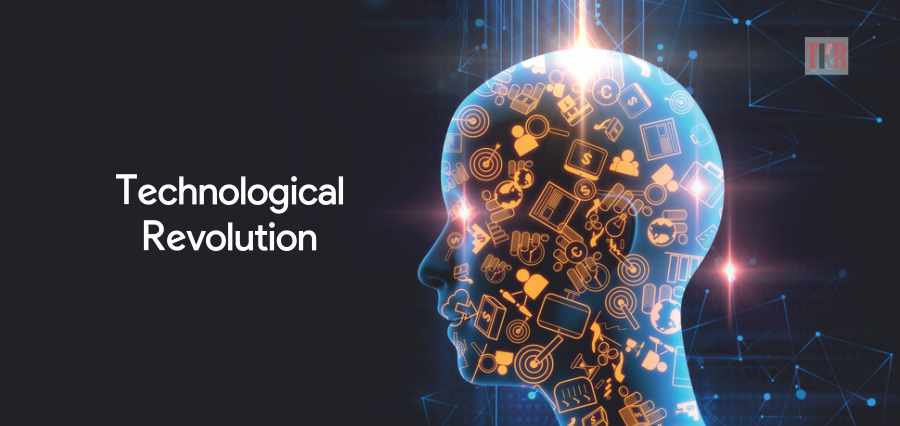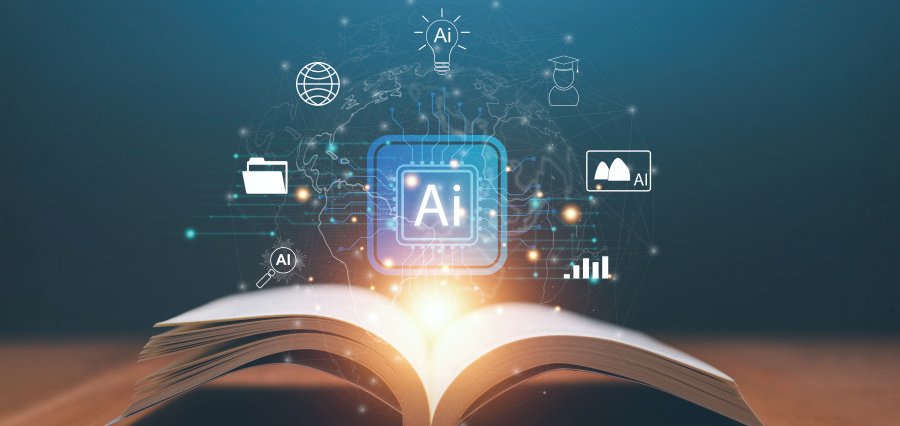The digital revolution has transformed almost every major industry around us. It has revolutionized and made things easier for us, essentially becoming a major part of our lives. Technological innovations like Artificial Intelligence (AI) and Machine Learning (ML) are at the vanguard of this transformation. Many major industries including transportation and retail have successfully adopted these emerging technologies to enhance and improve their business. The higher education industry is also picking up the pace in implementing these technologies for a smoother and improved functioning.
Technological advancements have modified classrooms and educational institutions. Modern technological tools and gadgets like projectors, computers, and many more are being widely used in classrooms to enhance the teaching–learning process and to provide a lasting experience. Machine learning is increasingly making its way into higher education, personalizing education at all levels. It reads and identifies data patterns and contributes in making data-driven predictions and decisions. Moreover, machine learning improves formal and informal curriculum in many ways. Teachers are integrating machine learning in education. They have witnessed that implementing machine learning in education has increased its efficiency on both ends improving the coordination between teachers and students and creating an opportunity for a customizable learning experience. Higher education institutions are utilizing machine learning and the endless possibilities that it brings to the table to upgrade to the next level.
The Advantages of Implementing Machine Learning
Higher education is a field with tremendous potential for the applications of machine learning. It can be used efficiently to enhance the instructional procedures to bring in better results. Artificial intelligence can help in making teaching in the classroom personalized and differentiated. It can help in delivering customized lectures and sessions to each student by assessing their individual needs. Customized content for each student will help in clarifying their doubts and provide scope of better understanding of the subject. It can also help in reducing the excess of the teachers so that they can work one-on-one with the students and clear their more complicated misconceptions. Machine learning tools can assess the work instantly and provide the teachers a more detailed and analyzed report of the student’s performance. The teacher won’t have to wait long after the test to analyze the student’s performance, as it can be analyzed almost immediately. Machine learning can also be used for identity and accessibility. It can help institutions to identify and maintain a user profile and provide them with the access to login to multiple systems depending on their roles. If any unauthorized access or breach, it launches additional authentication procedures and security measures to prevent the occurrence of any cyber breach.
Higher education institutions need to maintain past records and analyze the data for smooth workflow, improved student performance, and growth in institutional efficiency. Machine learning helps in studying the student patterns so that the institutions can analyze and predict risk factors and can come up with strategies to improve performance and increase the student retention rate. Moreover, institutions can also use machine learning for unlocking historical data to gather information which can help them in answering real tactical questions for making informed decisions. This data can be used to determine the risk, outcomes and costs associated with building new strategies and processes and to make decisions which can drive engagement.
The prime responsibility of an educational institution is to analyze and examine a student’s performance and to provide them the scope to improve themselves. It aims at providing the students the best possible study environment. Institutions can use machine learning to monitor student progress and predict their future performance based on their current and past academic data. It also provides institutions the information related to any issue or challenge that the student is facing or may face. This will help the institution to be prepared and provide them the required information they need.
Machine learning applications study the student behavior, right from the day they apply to an institute to the day they sign for courses. They analyze the students’ logic and judgment behind the choices made. Universities use predictive algorithms of machine learning and gather certain behaviors which emerge during the admission cycle, which make the enrollment process simple and effortless.
The Disadvantages of Implementing Machine Learning
Machine learning has enhanced the education process simplifying various complexities. In spite of its various rewards, machine learning comes with a bunch of disadvantages. Machine learning is basically a cultural process. It can enhance the teaching procedure, but cannot completely the cultural element of learning which comes from humans. Moreover, teachers can understand the needs and requirements of the students in a way that machines can never do. Machine learning is just a supporting tool to enhance the education process; it is not the only means of education. It can’t replace the human approach and the human understanding even though it provides detailed information on the strengths and weaknesses of a student. Learning is a process of developing a purpose and instilling it. It is inherently a human activity which simply cannot be downloaded or installed by a machine.
Judicious Implementation
Machine learning has definitely revolutionized education. It has simplified and enhanced educational procedures. It has definitely brought major improvements in education and will continue to do so. But, the ambience that human beings create in the classroom can never be replaced. It should be thoughtfully utilized in the classroom as a supporting tool with the objective of enhancing the quality of education, rather than the only tool for quality education.









